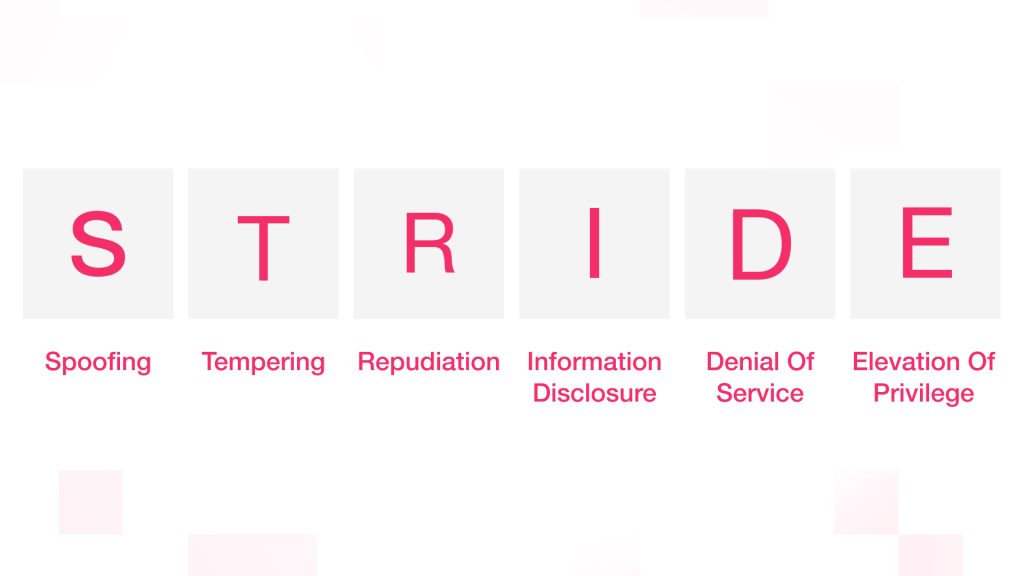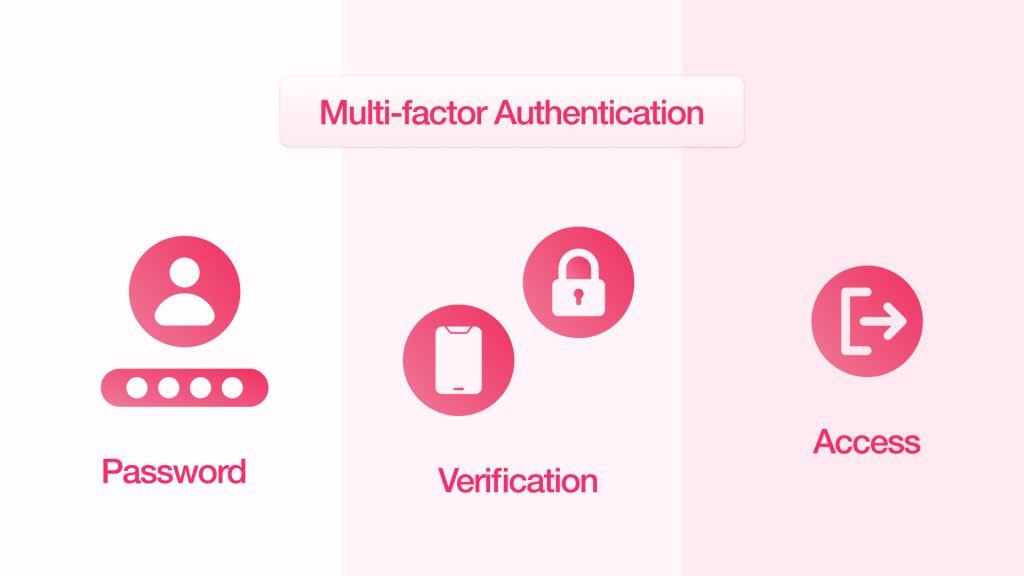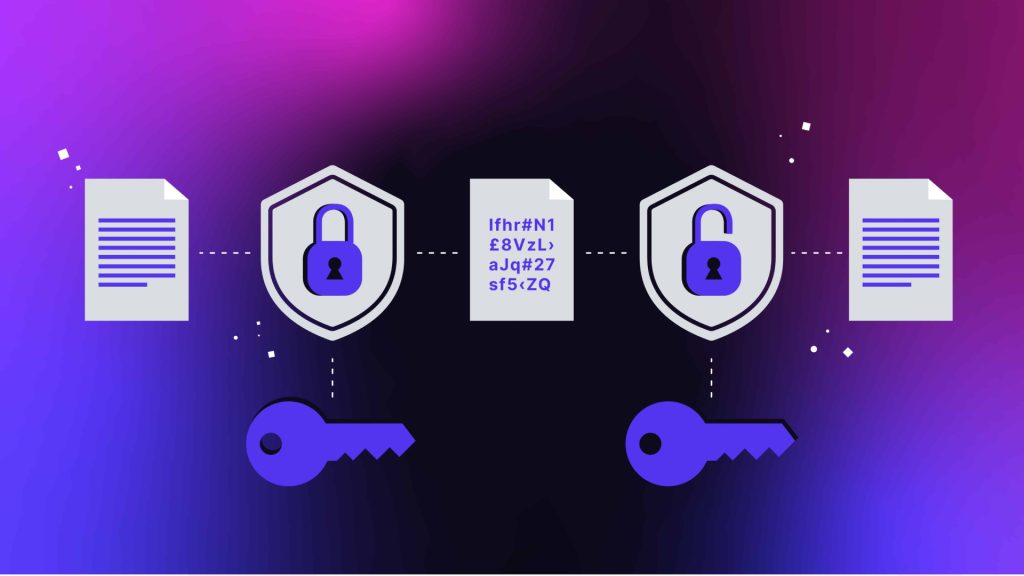How to Protect Customer Data with Secure Software Development Practices?

Customer information has become one of the best business assets in today’s world, such as personal or payment information or even health. Businessmen have to pay for data protection at all stages of software development. Hackers, breaches, and compliance violations will become massive blows to an entity’s reputation, its bottom line, and its legal exposure. Considering all this, developers should apply secure development practices throughout the Software Development Life Cycle (SDLC). This is how the vulnerabilities can be minimised while keeping customer data secured from the potential threats they face. This blog lays out the most effective ways to ensure the security of customer data using secure software development practices.
Implement Threat Modelling Early in the SDLC
Before coding, a developer should consider potential threats to the system. Threat modelling involves looking at the architecture and workflows from a security point of view. This quicker approach helps teams identify threats early and add security measures during initial development stages.
STRIDE is one of the most used methodologies in threat modelling, which includes the following:

- Spoofing: An impersonation of one entity by an attacker.
- Tampering: Unauthorised modification of the data.
- Repudiation: Denial of action or existence of the events.
- Information Disclosure: Exposing sensitive data to another unauthorised party.
- Denial of Service (DoS): Preventing a legitimate user from accessing a service.
- Elevation of Privilege: Gaining access higher than the intended one.
Incorporating threat modelling into the development will prioritise risk and work out the security architecture design. A good threat model prevents most of the common risks due to poor as well as outdated development practices.
Regular Security Audits and Code Reviews
Continuous security audits and regular code reviews are important for keeping security measures working. Comprehensive security audits during development help reveal vulnerabilities before serious incidents happen. Code reviews, however, gives the opportunities for inspection of exploitability-causing flaws on codes or security holes.
Security audits usually involve a deep review of system design, architecture, and code to ensure overall application security. Automated tools like Static Application Security Testing (SAST) could analyse code without running it. However, Dynamic Application Security Testing (DAST) tools test the running application against a set of vulnerabilities. Manual penetration testing simulates attacks against the test object to detect weaknesses in the system.
Combining automated and manual reviews helps developers spot and fix security risks, reducing chances of a data breach.
Following Secure Coding Standards
Secure coding may be one of the most critical issues today. Developers must adhere to the coding standards that may be applied to deter the common attacks: SQL Injection; Cross-Site Scripting (XSS); and buffer overflow attacks. The secure coding guidelines concentrate on building codes resistant to known attack vectors and helping developers avoid adding unintended security flaws.
Secure coding practices include input validation, parameterised queries for DB operations, and proper error-handling techniques to protect the system from leaking sensitive information. Developers should not use any insecure functions or libraries but switch to safer and more modern ways of doing things. Code reviews and automated tools help consistently enforce security practices across the entire codebase without exceptions.
Another cornerstone in building secure software is the regular training of development teams in secure coding techniques and embedding security within the core of the company culture.
Worried about the security of your website? Here are a few tips for keeping your website secure from cyber-attacks
Apply the Principle of Least Privilege (PoLP)
The Principle of Least Privilege (PoLP) is critical in mitigating the risks of security breaches. According to PoLP, the privileges of users, processes, and applications should be reduced to only those needed for their intended purposes. Restricting rights helps limit the scope of damage in case one happens to breach the system, as damage can be limited within the area for which access was granted.
For example, database administrators should not be allowed access to databases other than those required for their management tasks. Likewise, applications only allow them access to resources needed for their operation to prevent excessive rights, which could be turned into opportunities for exploitation. PoLP applies to internal users (employees) and outside parties such as third-party APIs and applications.
It enforces PoLP, which limits the access of the organisation to unauthorised access. It also limits the potential impact of any insider threat or security breach.
Implementing Multi-factor Authentication (MFA) and Encryption
Multi-Factor Authentication
MFA is such a strong practice concerning effective security measurement, protecting user account access, and blocking unauthorised access. MFA is where a user authenticates through two or more identifiers – something to know (password), something to have (for example, a smartphone app or a hardware token), or something to be (biometric verification). Even if an attacker manages to know or get a user’s password, they will still require that second factor before they gain access to an account.

In this way, security has an additional layer that makes it manifold challenging for attackers to penetrate important accounts, especially in the lines of sensitive data, such as personal or financial records.
Encryption
Encryption is important to keep data secure while it is in transit or stored on a device. When data is encrypted, it is presented in a format that cannot be read by anyone except for that person who possesses the correct key for decoding the information. Strong encryption protocols as AES-256 and TLS 1.3 promise that even if the data is intercepted by hackers, they cannot decipher it, read it or alter it.

Encryption should be applied to sensitive customer data: credit card numbers, personally identifiable information (PII), and healthcare data. On the same note, channel encryption should also be in place (like HTTPS) to secure data during transit. And of course, appropriate key management should also be practiced ensuring the effectiveness of encryption.
Keep Software and Dependencies Up to Date
Security breaches have often been traced to outdated software. Attackers can exploit vulnerabilities in older versions of libraries, frameworks, or operating systems. Hence, software development teams must periodically update their software, applying security patches and updates as they become available.
A systematic approach to patch management, combined with automated tools that monitor for potential vulnerabilities in dependencies, will ensure security over time. Most modern development environments also provide automated dependency management, which assists in keeping every aspect of the software stack up to date.
Looking for a Partner in Your Software Development Journey?
We Can Help!
Secure Dependencies and Third-Party Libraries
Issues related to security might arise from using third-party libraries and frameworks if they are not well-managed. Open-source libraries, in particular, may house unpatched vulnerabilities for exploitation. Thus, scan and verify every bit of third-party code you are adding before its integration into your own software.
Scan dependencies for known vulnerabilities using tools like GitHub’s DePenda Bot and OWASP’s Dependency Check. Such tools would pinpoint outdated or vulnerable accepted libraries and suggest more secure replacement libraries.
Keep track of the versions of third-party libraries you are using, and make sure to update them promptly upon the release of new versions or security patches.
Continuous Monitoring and Threat Detection
An attack can penetrate even the most security-compliant software. Continuous monitoring and detection of threats in real-time becomes important for identifying security incidents as they occur. The Security Information and Event Management (SIEM) tool specialises in summarising logs and security data from various sources, allowing teams to identify abnormalities and respond to them effectively.
Install intrusion detection systems (IDS) and continuous vulnerability scanning within the organisation to immediately detect and act on any potentially dangerous incidents or data breaches. Early damage reports are provided ensuring that the effects of damage are reduced, and confidential customer information is protected.
Educate and Train the Development Team
Security in software development requires an entire team of skilled personnel, in which some developers receive good security training as a vital component of any security strategy. Keeping developers up to date on the latest threats, vulnerabilities, and secure coding practices will be accomplished with regular security training. Such training may include secure coding techniques, threat modelling, and awareness of recent trends in cyber threats.
Ingraining a culture of security within the development team helps ensure consideration of security in every stage of the development process instead of in hindsight. Secure development practices should be embedded in each developer’s workflow, creating security as a collective responsibility.
Need a Reliable Software Development partner to help grow your Business?
Our Experts Can Help!
Develop an Incident Response Plan
As much as every effort is made, there can be incidents of security. Effective organisation of an incident response plan can ensure a quick and effective response to a security breach. Important segments of the plan are:
- Team member responsibilities, roles, and obligations should all be clearly defined for all team members.
- Containment and mitigation procedures for breaches.
- Communication protocols for notifying affected customers and stakeholders.
- Root-cause analysis and security improvement solutions after an incident.
An effective incident response plan helps minimise the damage brought about by breaches and supports compliance with data protection regulations such as GDPR or CCPA.
Conclusion
There is nothing like protecting customer data, as this will require a multi-faceted approach to safeguarding software development security at all stages. Integrating secure coding practices, as well as threat modelling, regular audits, decryption, and continuous monitoring, allows organisations to reduce the risk of customer data breaches significantly while instilling trust.
Integrating security practices for the development lifecycle also provides the company competitive advantages in regulatory compliance. A secure development process builds customer confidence in using their personal data. The strategies above should guide organisations toward a secure approach for protecting customer data and competitiveness across the more digital world.
 Shopify
Shopify

















